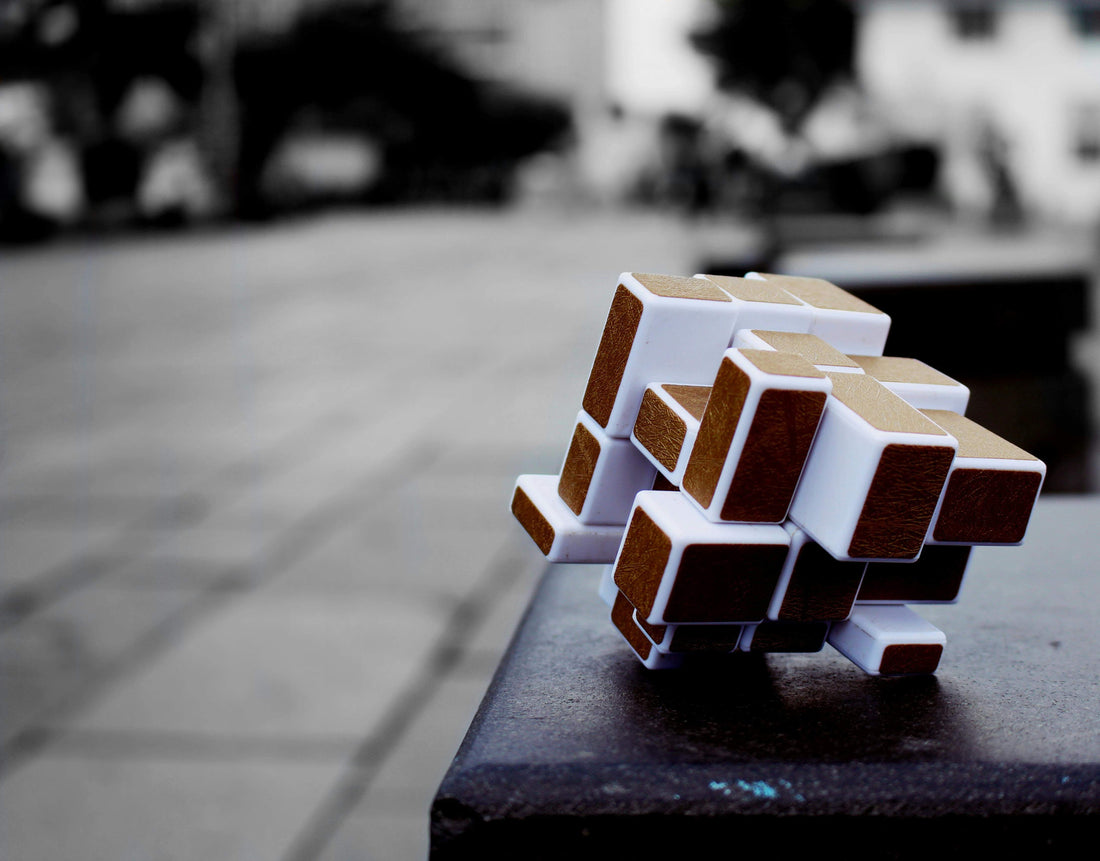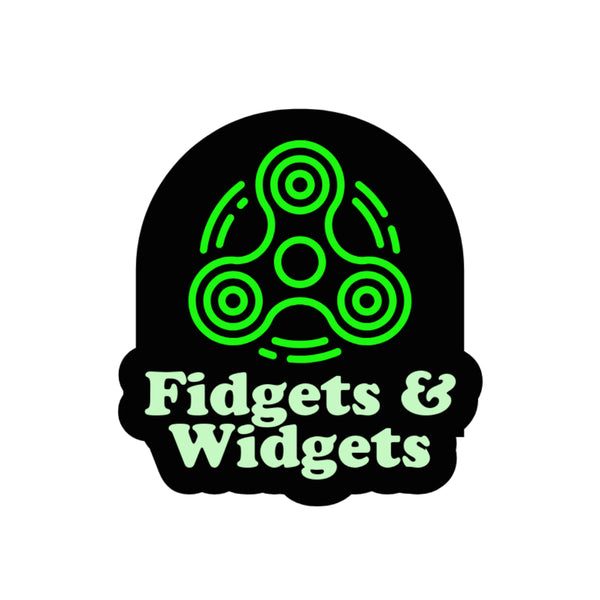
The Science of Touch: How Texture Influences Focus and Wellbeing
Share
Have you ever noticed how running your fingers over a textured surface can be soothing? Or how some materials feel naturally comforting while others feel jarring? This isn’t just personal preference—it’s science! Research in sensory haptics and neuroscience shows that texture plays a vital role in regulating emotions, focus, and overall wellbeing.
At Fidgets and Widgets, we carefully consider these scientific insights when designing our sensory tools. In this blog, we’ll explore how touch and texture impact the brain and how we integrate this research into our fidgets to support focus and relaxation.
Why Touch Matters: The Brain-Body Connection
Touch is one of our most powerful and primal senses. From birth, we use it to explore the world and make sense of our surroundings. Research shows that tactile stimulation directly affects brain activity, influencing emotions, cognitive function, and even stress levels.
How Textures Affect the Brain
Different textures trigger different neurological responses. Studies in haptic perception reveal that:
✅ Soft, smooth textures can activate the parasympathetic nervous system, promoting relaxation and reducing anxiety.
✅ Rough or bumpy textures stimulate tactile exploration, which can enhance focus and alertness.
✅ Resistive or squishy materials provide deep pressure stimulation, which is often soothing for neurodivergent individuals.
A 2015 study published in the journal Cognition found that tactile interactions help regulate attention and memory, which is why textured fidget tools can improve concentration in both neurodivergent and neurotypical individuals.
How Texture Supports Focus and Stress Relief
For individuals with ADHD, autism, or anxiety, texture plays an even more crucial role. Many neurodivergent people engage in sensory-seeking behaviors, where specific textures provide calming or stimulating effects.
Why Fidgeting Helps Focus
- Sensory feedback from textured surfaces can help individuals stay engaged during tasks that require sustained attention.
- Repetitive motions, like rubbing or pressing textures, can serve as a grounding technique, reducing sensory overload.
- Tactile input can enhance learning, especially in people who benefit from hands-on experiences.
A study by Baumgartner et al. (2017) in Frontiers in Psychology found that incorporating tactile stimulation into daily routines can help reduce stress and improve mental performance, particularly in high-pressure environments like schools and workplaces.
How Fidgets and Widgets Uses Texture Science in Design
At Fidgets and Widgets, we design sensory tools based on these scientific principles. Here’s how we apply research to our fidgets:
🌀 Varied Textures for Different Needs – We incorporate smooth, rough, soft, and bumpy surfaces to offer a range of tactile feedback, helping users find the right sensation for focus or relaxation.
🤲 Deep Pressure & Resistance – Some of our fidgets offer squishy or firm resistance, providing the deep pressure stimulation that many neurodivergent individuals find calming.
🎭 Multi-Sensory Engagement – Combining textures with movement, such as rotating gears or stretchable elements, enhances sensory interaction and keeps hands engaged.
🌍 Eco-Friendly Materials – We exclusively use PLA, a biodegradable material, ensuring our fidgets are both effective and sustainable.
Final Thoughts: The Power of Texture in Everyday Life
Understanding how textures influence our focus and emotions allows us to create fidget tools that truly make a difference. Whether you need a soothing texture for stress relief or a stimulating texture for focus, there’s a science-backed solution waiting for you!
At Fidgets and Widgets, our mission is to bring these research-driven designs to life, helping individuals—neurodivergent and neurotypical alike—discover the power of touch in enhancing daily well-being.
Looking to explore the benefits of textured sensory tools? Check out our latest fidgets here!
